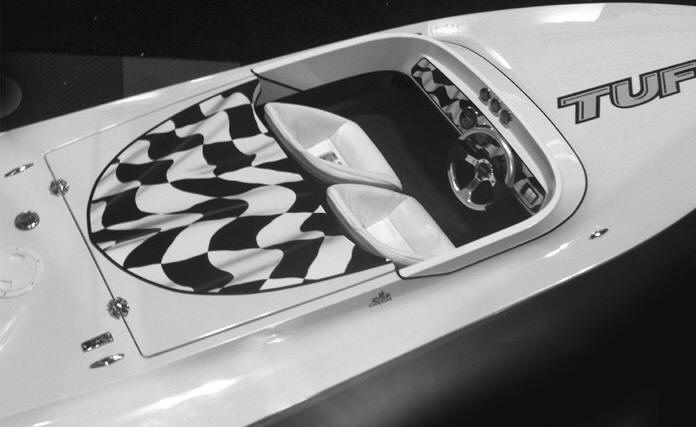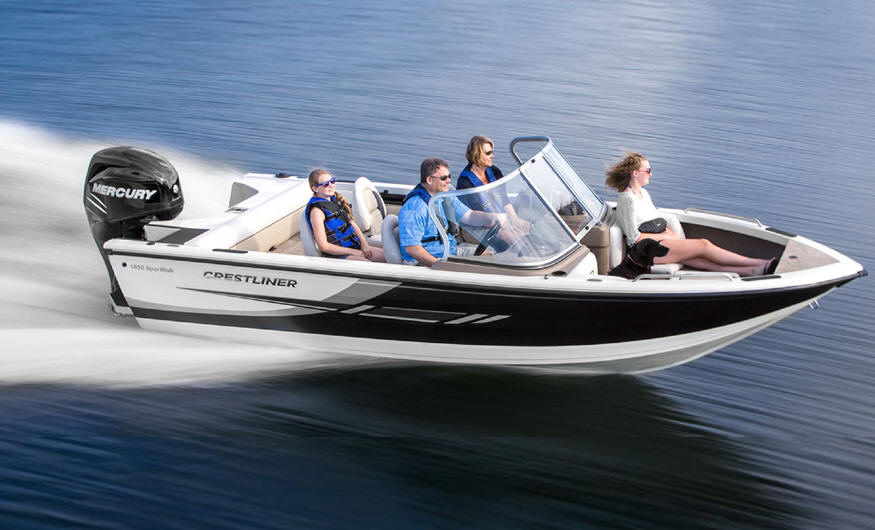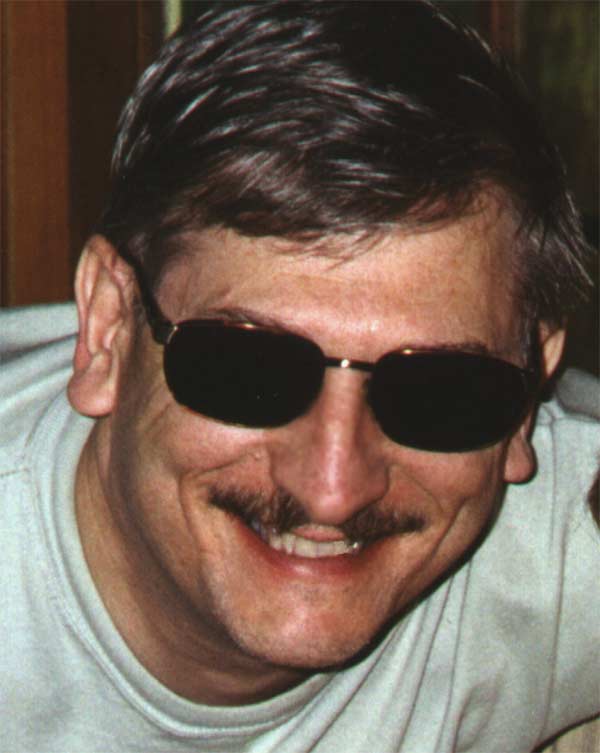|
AR© develops advanced cavity drag technique for cockpit/cowling drag of powerboats. |
|
Get complete article by email request:
|
Share: |
|
|
|
|
BREAKTHROUGH! |
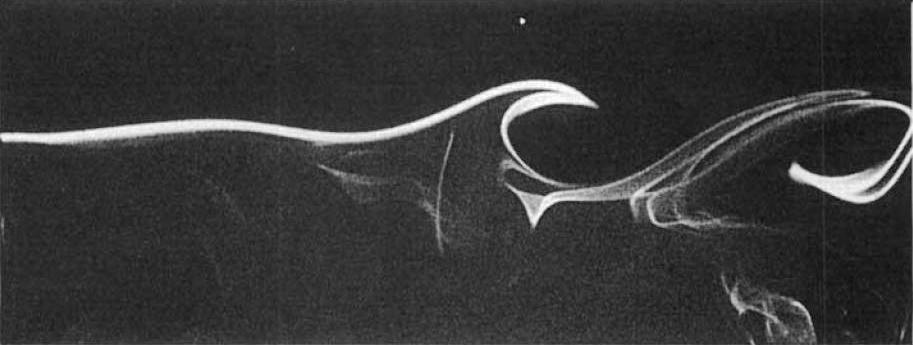
Figure 1 - Cavity drag shear layer
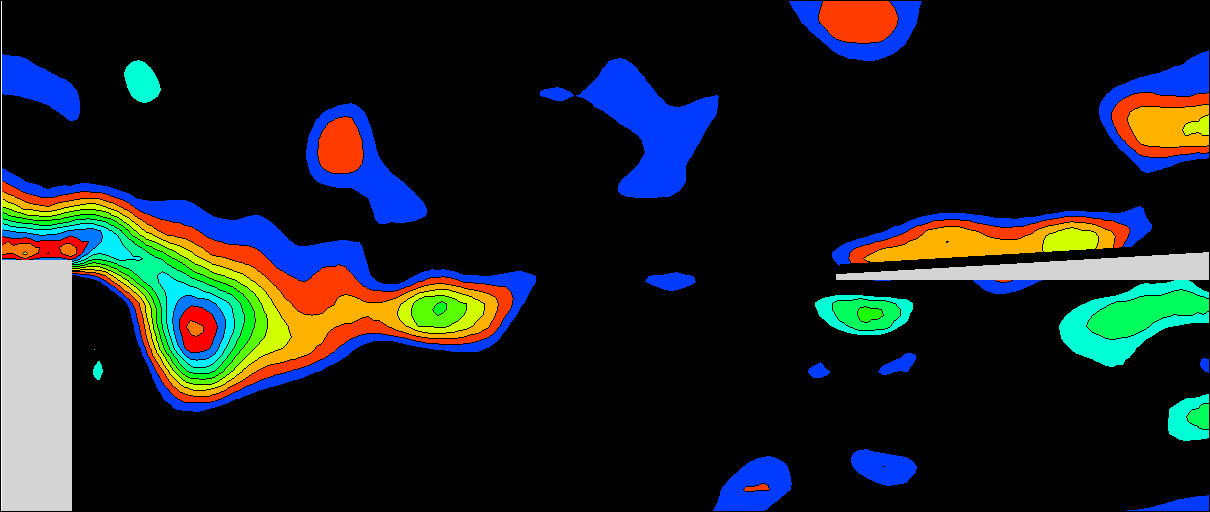
Figure 2 - flow over cavity openings can give rise to flow oscillations,
vibration, and increased aerodynamic drag (video). |
|
Advanced aerodynamics and cavity drag analysis gives highly accurate cockpit/cowling drag contributions to powerboat performance.Based on expertise developed by Savory (UWO) and by applications demonstrated by GHARIB/ROSHKO (CIT), Jim Russell (AR) has applied unique
cavity drag analysis to the open cockpit areas of high performance
powerboats.
His analysis shows that
open cockpit areas produce more aerodynamic drag than the covered cockpit of same area.
Additionally, effects of friction drag and profile drag generated by various cockpit, cowling and cover arrangements on all types of powerboat applications is developed by Russell. The results are
an accurate representation of aerodynamic drag associated with performance powerboat cockpit/cowl/appendage arrangements, using Russell's analysis. |

Figure 3 - Typical Closed Cavity Type model, mostly occur for shallow
cavities where the cavity length is much greater than the cavity depth. |
|
It is shown that above a critical value of the cavity width-to-depth ratio
there is an abrupt and large increase of drag due to the onset of the
'wake mode' of instability. Typical Closed Cavity Type model, mostly
occur for shallow cavities where the cavity length is much greater than
the cavity depth, and demonstrate higher drag than Open Cavity Type flow.
Influences on ultimate cavity drag are shown to include:
-cavity
width-to-depth ratio (aspect ratio),
-cockpit size
-cavity-oscillation,
-mechanics of the
separated shear layer,
-internal recirculating flow ('cavity-vortex'),
-changes of flow regime with changing geometry, -upstream influence.
Testing has shown that little change is observed in the drag coefficient
for small yaw angles (less than 30 degrees) for shallow cavities. |
  |
|
Different cockpit designs/orientations
and positioning affect the friction, profile and cavity drags that are
generated by the hull.
For many powerboat design configurations,
cockpit cavity drag is a function of open (uncovered) cockpit area,
velocity, cdCavity (cavity drag coefficient).
Russell applies these advancements in
newest versions of AR's TBDP©/VBDP© performance
analysis software. |
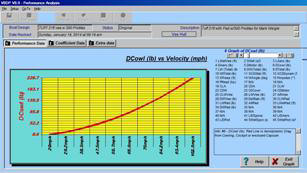
Figure 4 - friction drag and profile drag also contribute (with cavity drag) to total aerodynamic drag of various cockpit,
cowling and covered areas of powerboats. |
|
|
|
|
Research results now included in
performance analysis by TBDP©/VBDP©
[more
about AR's research
more about AR's publications and
technical
articles/papers]
© Copyright 2015 by Jim
Russell and AeroMarine Research® - all rights reserved.
Material from this website may not be copied or used or redistributed, in whole or in part, without the specific written consent of Jim Russell or AeroMarine Research. |




